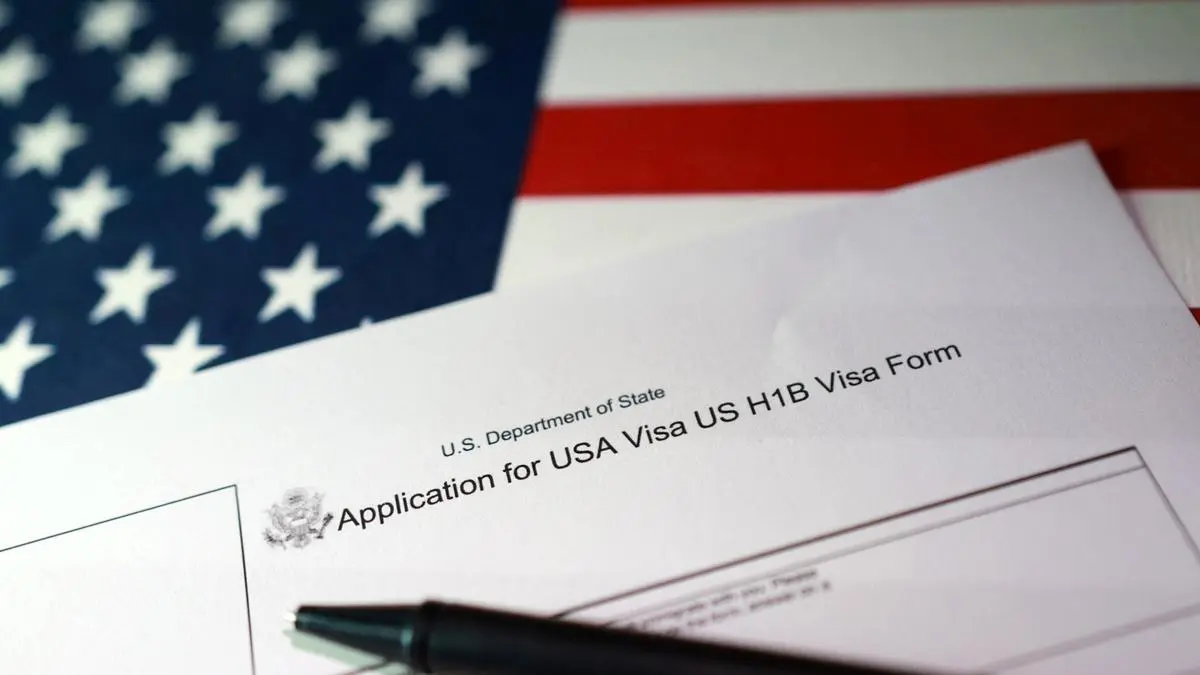By Bl Bengaluru Bureau
Copyright thehindubusinessline

The Indian IT services industry is at an inflection point. Once defined by linear growth tied to headcount, it now faces an era where AI, shifting client demands and global labour dynamics are rewriting the rules of the game.
During a businesslinewebinar on “US Immigration Reset: What it Means for India’s Tech Firms & Talent,” Avinash Vashistha, CEO of Tholons and former Chairman and MD of Accenture India, and Ashutosh Sharma, Vice President and Research Director at Forrester India, emphasised that survival for IT firms hinges not on gradual improvement but on reinvention.
The US Immigration Reset is forcing Indian tech firms to rethink strategy and impacting thousands of engineering careers. Beyond the rising H-1B fee, what are the biggest operational challenges?
Join our expert panel, including Avinash Vashistha (CEO at Tholons, former Chairman & MD at Accenture India), Ashutosh Sharma (Vice President & Research Director at Forrester Research), and Venkatesha Babu (Resident Editor, businessline), as they dissect the policy shifts, their implications, and the way forward.
Video Credit: Businessline
Significant change
“The entire game has changed from what it was 25 years ago,” said Vashistha. “In the last nine months, clients have started using AI not just for automating productivity tasks, like faster coding, or for content, but also for the core of the business. This requires a significant change in terms of how IT companies can be relevant to clients.”
For years, IT firms have faced low or flat growth. The winners and survivors are those who could pivot themselves. “This is not about improvement, but reinvention,” Vashistha added.
Sharma, on the other hand, pointed out that profitability has been steadily eroding. He noted that over the last few years, the margins of Indian IT services firms have been continuously under pressure, with most companies running margin improvement programmes since they are used to the above 20 per cent range.
Automation and AI have further squeezed low-margin segments like managed services. “Certain parts of the IT services journey, like managed services, have become almost no margin, low margin, and in some cases, negative margin,” he said.
Discretionary spend
“Unfortunately, in the last few quarters, we have seen a lull in discretionary spend. While we expected it to pick up in 2025, the tariffs and now the H-1B visa situation arose. This growth will return, but not in the near future. In the absence of growth, the margins will continue to remain under pressure.”
One outcome of AI adoption has been the demand for real-time collaboration, reshaping global delivery models. Vashistha noted that while many tasks in the world of AI no longer require human agents or engineers and can be automated, delivering the right client and consumer experience demands real-time collaboration — which, in turn, makes time zone overlap essential.
Clients, he noted, are insisting on near-shore delivery centers, like in Latin America, sometimes making them a condition for new contracts.
Offshore expansion
Sharma agreed that near-shore is gaining importance but ranked it behind offshore expansion and local US hiring. “There’ll be a multi-pronged effect. But I would put near shore at the pecking order number three, with the first one being increased offshoring. Second would be more on-site and domestic hiring from the US population,” he explained.
He noted that with H-1B visa fees set at $100,000, even if only as a one-time application cost, few, if any, companies would be willing to pay. As a result talent is more likely to remain in their home geographies and seek alternative opportunities locally.
On the other hand, while larger firms may be able to absorb the impact of the US administration’s decision to raise H-1B visa fees, it has intensified pressure on mid-tier IT companies.
Vashistha explained that the hike, which translates to a 30-35 per cent increase in input costs over three years, disproportionately affects mid-tier firms because of their higher dependence on onshore staff. He added that this could push margins down by 4-8 per cent, posing a significant challenge for these companies.
Agile firms
According to Vashistha, the real challenge for IT firms lies not in technology but in mindset. He argued that the industry’s veterans struggle with “unlearnability”, stressing that many need to shed old ways of pitching business and engaging with clients. Without this shift, he warned, some established players could fade, making way for smaller, more agile firms to rise to the top of the IT consulting and services space in the next few years.
He added that the skill sets that once defined the industry are no longer sufficient. Future success will hinge on soft skills, domain expertise, and creativity to shape consumer and client experiences.
Sharma, however, cautioned against expecting a revival of the breakneck growth of the 2000s. He said that with current business models, IT services firms should brace for low- to high-single-digit growth rates for the foreseeable future.
AI, he argued, could paradoxically increase demand. “AI is a great leveller and reduces the need for people. But one thing about AI is Jevons’ paradox. As things become easier to do, you do more and not less of it.”
Published on September 29, 2025



